Another United Nations climate conference (COP) has come and gone, leaving the world to scratch its head over what was accomplished. The annual conference has ballooned over the years into a massive climate festival: nearly 50,000 people — an all-time record — taking part in the rituals of formal diplomacy and, in parallel, a flashy climate change expo. So what came of it?
If you ask people who paid attention only to the formal negotiations, the answer is not much. Meetings were frustrating and adversarial, focused on broken promises and eking out small, hard-fought victories. When they finally ended — two days after the formal deadline had expired — there was a sense of relief that consensus had been reached, but bewilderment about its content. Most visibly, parties agreed to set up a new funding mechanism to compensate developing countries for the “loss and damage” caused by climate change. But the fund was empty of money. What the celebrated agreement really does is lay out a process for future negotiations on a slew of issues where governments don’t much agree — including who will pay into the fund and how the money, if it ever appears, will get spent.
Those who focused more on the other things happening around COP27 have a different and more encouraging story to tell. That story is full of examples of implementation — small groups of governments and firms working together to transform key industrial sectors. Too often, these examples of productive cooperation and practical action get overlooked because they happen largely outside the negotiating room.
As the climate effort shifts from forging consensus around the need to do something, to actually doing things, implementation is what really matters. The character of the COP event is evolving accordingly — every year, firms, governments, researchers, and civil society show up in greater numbers to showcase and build on their activities in what is now a full-blown climate expo. But even as focus on the ground shifts away from formal diplomacy and toward action, media coverage keeps the spotlight on the formal process.
The message coming out of COP matters. The Paris Agreement was built on the logic that action by some will beget more action by others — building trust and collaboration, ratcheting ambition and generating momentum. The COP is the most important climate conference in the world. Many look to it to gauge the temperature of progress on global climate action. For the event to continue inspiring collective action, the world needs a more holistic message about its outcomes — not just the division and chaos coming from the negotiating room, but also the real efforts and purposeful learning emerging outside it.
Competing stories from COP27
The big diplomatic win dominating COP27 news was the creation of the loss and damage fund to compensate vulnerable countries for climate impacts. Certainly this was important, both morally and to maintain the legitimacy of the Paris Agreement, which is partly rooted in meaningful global consensus. But the victory was largely symbolic, punting on all the hardest questions about how the fund will work (stay tuned for a big fight in 2023 over whether high-emitting developing countries like China should be required to contribute). Still, it was unexpected and an uphill battle. Going in to COP27, loss and damage funding was widely seen as a non-starter (developed countries balked at the cost and precedent), but Europe, with the most at stake in maintaining global climate solidarity, blinked at the last moment and agreed, leaving other rich countries little choice but to follow. Ultimately, the celebration following the loss and damage agreement seems to stem less from achieving meaningful progress and more from well-managed expectations.
On other issues seen as key going into COP27, the negotiations ended with even less forward movement. On mitigation, only 30 countries heeded last year’s call for all countries to update their pledges to cut emissions. The final COP27 decision included no decision to phase out coal or fossil fuels and only a weak reference to the target of stopping warming at 1.5oC above pre-industrial levels, to the bitter disappointment of the EU and other developed countries. (Never mind that actually stopping warming at 1oC is essentially impossible and has been for a long time.) On adaptation, the final decision was procedural, setting out a plan to negotiate rules and metrics that might eventually lead to a global goal. And on climate finance, negotiators began a multi-year process to set a new annual goal for how much money rich countries should provide to the developing world; meanwhile, the existing $100 billion promise remains unmet.
But the disappointing and slow results in the formal negotiating rooms obscure important gains outside it. On climate finance, for example, a partnership announced last year between South Africa and several G-7 countries, who will invest $8.5 billion to facilitate a fair transition away from coal, made an important advancement with the publication of an investment plan. A second such partnership for $20 billion was announced with Indonesia, and similar agreements are being negotiated with Vietnam, India, and other big coal consuming nations.
Other examples of government actions — along with private sector initiatives — abound. The financial sector rolled up its sleeves and got to work transforming their high-profile promises into concrete and credible moves to direct capital away from high emissions industries. Meanwhile, a new door opened for cooperation between the United States and China — cooperation that will be vital for any future agreement to have real impact, given China’s large and growing emissions profile. Unlike diplomatic outcomes, which are centrally reported on the United Nations Framework Convention on Climate Change (UNFCCC) website, these kinds of examples emerge piecemeal, across the media, sometimes during COP but often after the fact.
Fixing the COP
The effort to stop global warming is advancing, and COP must advance with it. For a long time, what was needed was global consensus on the need to do something and a framework for driving collective action — the stuff of formal diplomacy and universal participation. Now, with the Paris Agreement adopted and its rules mostly worked out, those diplomatic needs are waning. Much more important, as COP27’s Egyptian hosts rightly identified, is implementation. Implementation doesn’t happen by global consensus; instead, it happens in small groups of motivated governments and firms learning how to cut emissions — groups who are arriving at COP in bigger numbers and with better intentions each year.
Can COP become tethered more tightly to what matters?
In principle, the formal COP process could pivot to focus more on facilitating implementation — for example, by doing what has long been done in the Montreal Protocol and helping governments and firms learn which new technologies and shifts in business practice actually help fix the environmental problem at hand. Doing that, however, will be hard because conflicts are rife. Even getting an agreement on the need for review will inevitably end in gridlock. For example, the Paris Agreement’s formal “enhanced transparency framework,” — the process for reporting and reviewing countries’ climate activities — instead of being a vehicle for sharing progress, critically evaluating efforts, or learning, is much more focused on country-level reporting and self-declared compliance. The resulting biennial reports, often hundreds of pages long, are posted on the UNFCCC website and largely ignored by people working to cut emissions in key sectors.
Meanwhile, the reality at COP meetings is, on its own, already evolving in the right direction. As one veteran attendee put it, “COPs used to be 80% negotiations, 20% trade show, now it is the reverse.” Increasingly, folks who are changing facts on the ground — creating new industries, shifting capital, testing new technologies, experimenting with new local and regional policies — are showing up. That’s a good start. The trade show has already become a premier place to showcase how the world is grappling with the transformations needed to manage climate change.
The trade show could become more purposeful if some of COP’s leaders would lead. Unlike the negotiations, which are centrally organized by the UNFCCC, there is little rhyme or reason to what happens around the edges. Organizations spend many thousands of dollars on pavilions, side events, and exhibits, and feel pressured to fill them with content — or at least words and flash. That content is difficult to follow, either virtually or in person, because it is decentralized, disorganized, and lower in coverage-priority than the negotiations. Being there feels like thrift store shopping — digging through a huge bin of miscellaneous events happening at once to find a few gems.
A motivated COP presidency could help create more order in the side activities of COP so they are less of a bazaar and more of an actual conference. (The U.K. did that in Glasgow, and the next hosts — the United Arab Emirates — are well positioned to do something similar.) A laser focus on productive problem-solving would require organizing these activities in a way that fits the problem — by sector — and making sure that alongside the inevitable bazaar there are some more highly organized elements.
Industrial leaders should also be invited to play a bigger role, by showing what implementation means in practice. Many important initiatives are taking shape, such as in steel, shipping, aviation, finance, and many other sectors. But the leaders should do more to show how the varied experiments they are running are panning out in practice. In effect, the world is running a series of experiments, sector by sector, without yet a reliable mechanism to learn from all that investment.
Making COP positive and productive won’t be easy, but it is important. The current system is highlighting global cooperation at its very worst, spotlighting disagreements that are unavoidable and unsolvable while burying in chaos the good news of the trade show. Real progress is unfolding, in pockets of first movers who are changing facts on the ground. These first movers inevitably won’t march to the drummer of diplomatic consensus.
The Brookings Institution is committed to quality, independence, and impact.
We are supported by a diverse array of funders. In line with our values and policies, each Brookings publication represents the sole views of its author(s).
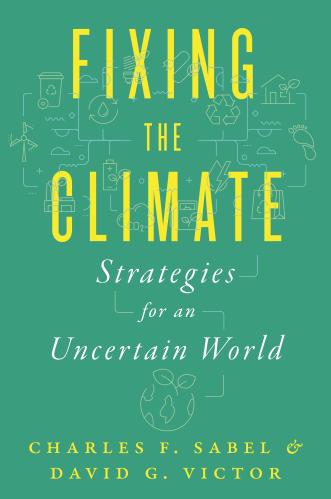
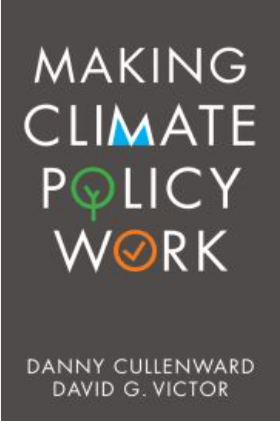
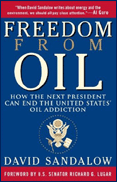
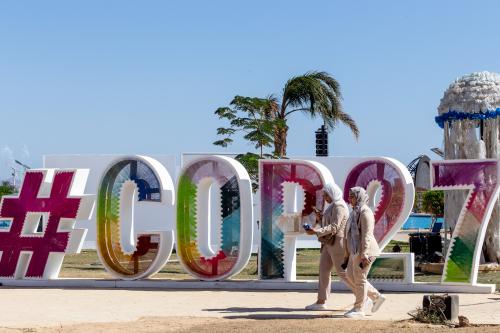
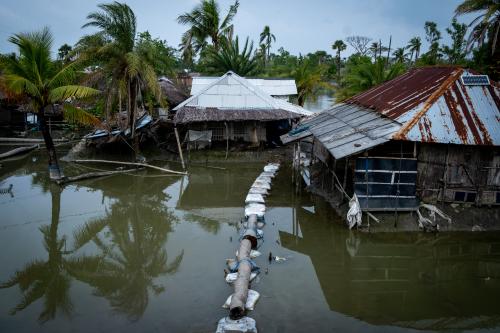
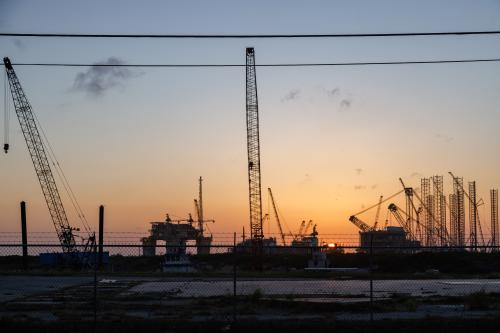


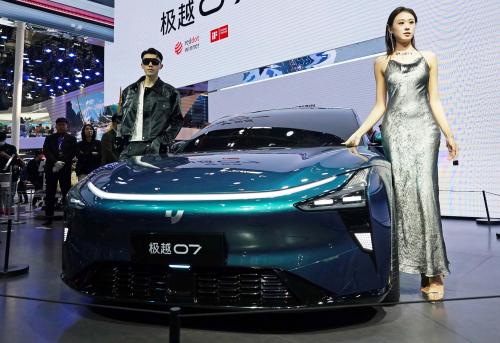
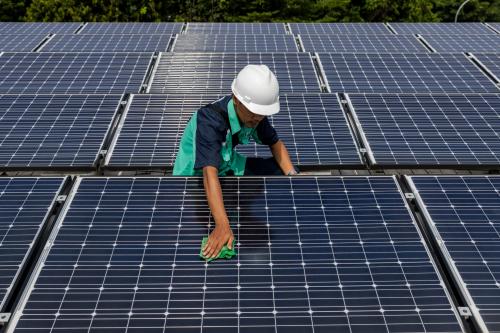
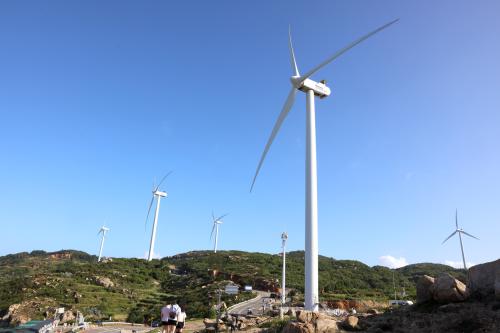
Commentary
Can COP keep up with an evolving climate effort?
December 13, 2022